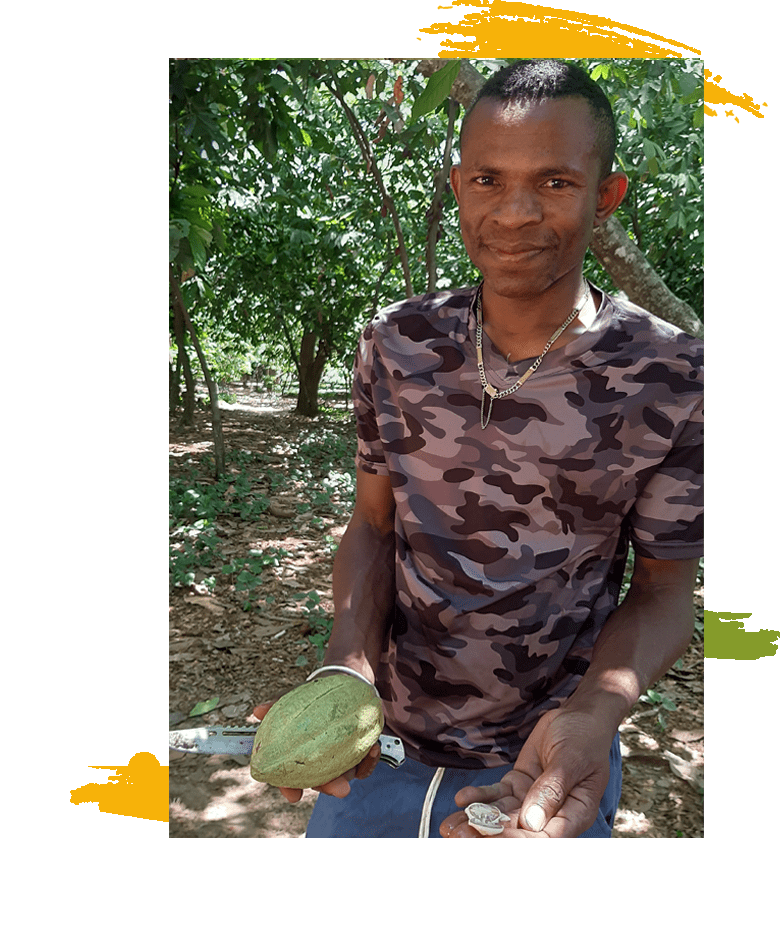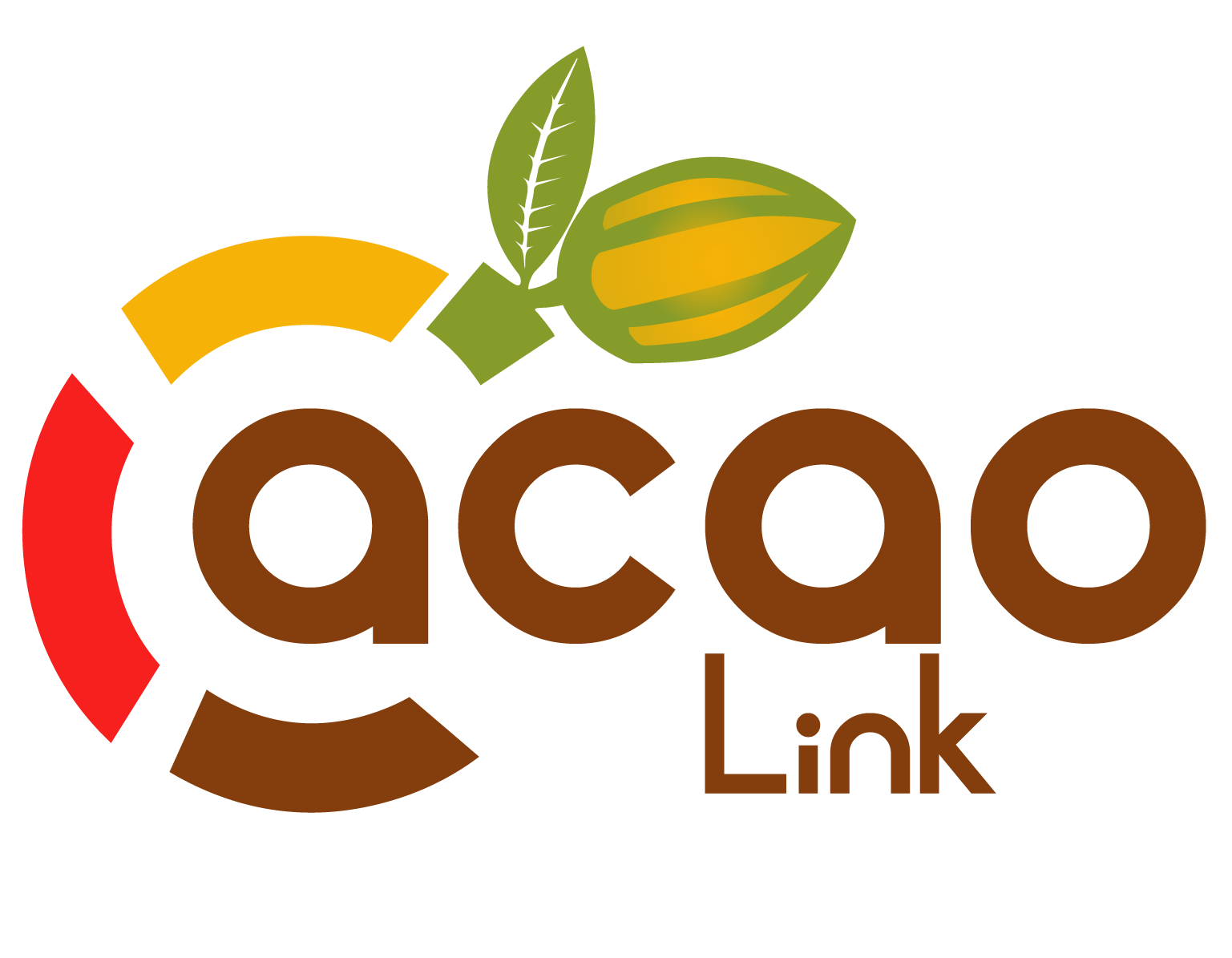All for People and Quality.

Upper Sambirano Valley
Located in the upstream of the Sambirano river, the Upper Sambirano Valley benefits from the proximity of both the river and the natural forests of Tsaratanana reserve. More than 2/3 of the Sambirano Valley’s cacao production comes from Upper Sambirano, where thousands of smallholder farmers’ livelihoods depend on cacao income.
For many years, Upper Sambirano has been landlocked every rainy season due to poor road infrastructure. Cacao beans and other agricultural products have to be shipped on boats sailing down the rough waters of the river. Owing to this, smallholder farmers are suffering from market access. Road rehabilitation has been initiated and will bring economic opportunities for Upper Sambirano Valley.
Antanamanakana – Single origin
Certified organic and SPP fair trade
Antanamanakana village produces a distinctive fine cacao, typically smaller in bean size with a fragrant fruity aroma and flavour. There, Meva Cooperative (literally meaning Good or Delicious) of the Union of Cooperative Lazan’I Sambirano (UCLS) takes root. Their cooperative stands out not only with a higher participation of women (6 out of 16 members), but with their agroforestry systems including permanent cover crops. Preserving the environment in their plantations is key for them, to contribute to biodiversity conservation. They work hard to improve their fermentation process to unleash the distinctive flavour potential of their uncommon cacao beans.
Out of the 700 Mt of fine cacao produced every year by the union of cooperatives UCLS, only 35% currently has access to market. The farmers of Meva Cooperative, like all of their peers, give their best to produce fine cacao but struggle to commercialize it all. Our goal is to support them in securing sustainable partnerships with customers.

- Type: single origin
- Main varieties: Trinitario and Amelonado
- Peak harvest periods: end of April to mid-June; end of September to mid-January
- Quality: small cacao beans with uniform size (<110 beans in 100g), “good fermented” grade I with <1% of slaty beans and <1% of mouldy and insect-damaged beans, moisture content of 7.0-7.5%
- Flavour profile: chocolate note with pleasant acidity and fruity notes
- Certification: Organic certification and SPP Fair Trade
- Number of farms in the cooperative: 16 (6 women, 10 men)
- Total surface: 100 ha
- Total annual production: 30 Mt of dry cacao beans
- Altitude: 40 to 45 m
- Soil features: alluvial deposits from Sambirano river, deep soil, topsoil rich in organic matter
- Shade trees: indigenous wood species, jackfruit trees, banana trees
- Plantation care: permanent cover crops, organic fertilizers (liquid and solid composts), biannual cacao pruning
- Harvest frequency: twice a week
- Fermentation: natural process, 6 to 7 days in wooden boxes, covered with banana leaves and jute bags
- Drying: direct sun-drying on cement patio during 7 to 10 days
- Sorting: before fermentation and after drying
- Packaging: jute bags
"We decided to put our efforts together as a cooperative, to acquire equipment, produce better quality and have higher income to improve our livelihoods. As the saying goes, "Izay mitambatra vato" (literally meaning "stronger together, like a rock")."
Judicarno, farmer





